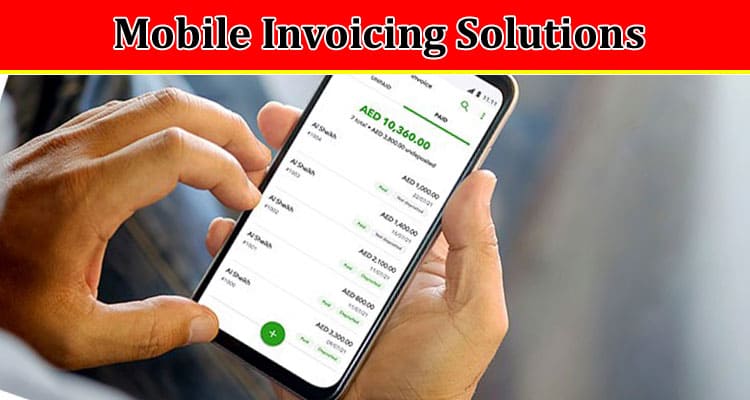In the evolving world of data, visual representation tools have taken the forefront in helping organizations understand complex information in a simple and clear manner. Businesses are now leveraging these tools to make data-driven decisions, and one such powerful visualization tool gaining prominence is funnel charts. The reason for such favoritism lies in the funnel chart’s ability to clearly illustrate a process beginning with a large initial group that gets progressively reduced. In this article, we will be diving deeper into the enigma that is the funnel chart, understanding its functionality, and exploring its numerous benefits.
Understanding the Essence of Funnel Charts
Before taking the first step into understanding the immense potential of funnel charts for business, we must first dissect their basic structure and functionality. A funnel chart is a type of diagram that represents a process, displaying stages of a sales process or the user path in a website or application. It is called a funnel chart due to its funnel-like shape that gradually decreases, signifying diminishing quantities at each process stage.
One of the defining features of funnel charts is their ease of interpretation. The chart visually communicates the progressive reduction of data as it passes from stage to stage. As such, it allows the viewer to instantly understand the flow and progression of a process and provides a clear path of how the end result is reached. Furthermore, the steepness of the funnel’s sides can enable readers to identify bottlenecks in the process, an asset to rectifying issues for businesses.
Optimal Use of Funnel Charts for Effective Data Interpretation
Alt text: Laptop screen with business data including funnel charts for business
Funnel charts, like any other tool, yield their best results when used effectively. If implemented haphazardly, they can potentially obscure or distort data. Therefore, understanding when and how to use funnel charts is critical to reap their full benefits for decision-making and process optimization.
Different stages of the funnel should represent meaningful categories of a process, each one leading logically to the next. Moreover, the data at each stage should be accurately represented, allowing the viewer to get a true sense of the progress at each step. Funnel charts are powerful tools for analyzing rates of decline for various processes and for identifying areas where the fall-off is exceptionally high.
Advantages of Funnel Charts in Business Operations
Now, with a more profound understanding of what funnel charts are and how to use them effectively, let’s delve into their many advantages in a business setting. The primary advantage lies in their ability to crystallize complex data into manageable, interpretable information.
Given their unique structure, funnel charts provide a visual representation of a large quantity of data in a very intelligible form. They succinctly illustrate how data reduces from one phase to another earning them a prominent spot in business scenarios grappled with vast, varied data.
Enhancing Decision-Making With Funnel Charts
Alt text: Two tech employees using laptops and using funnel charts for business
Another significant advantage of funnel charts lies in their potential to guide data-driven decision-making in an organization. By clearly delineating each step of a process, these charts enable decision-makers to understand the stage at which they are losing potential customers or employees the most.
For instance, a company can employ a funnel chart to visualize its customer journey. Observations such as when they have the biggest drop-off points can help the company make decisions like where to put marketing or customer service efforts. Similarly, a company can use funnel charts to pinpoint at what stage in the recruitment process they lose the most potential employees, therefore deciding where enhancement is needed.
Altogether, funnel charts provide businesses with an exceptional tool for managing and interpreting data. Used accurately and effectively, they can pave the way for solid, data-driven decisions and continuous process improvement.





